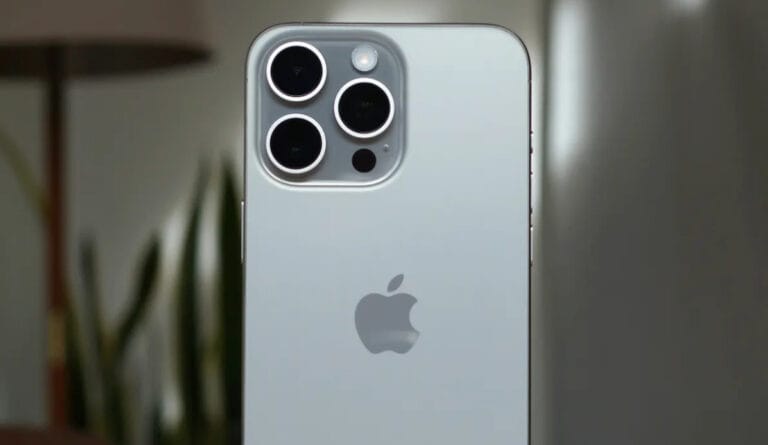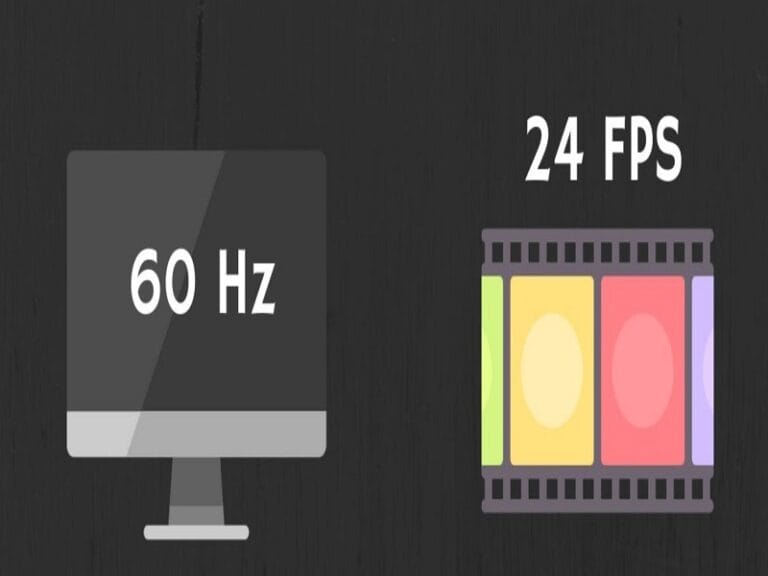What is a Megapixel & How to Calculate Megapixels
In the age of digital photography where every moment is easily captured and shared, the term “megapixel” often arises. What does it mean? Simply, a megapixel equates to one million pixels. In the realm of photography, this translates to the image’s level of clarity or resolution. A higher megapixel count means a more detailed image.
Concept of Megapixels
To truly understand the concept of megapixels, we need to delve into the realm of digital imaging. A pixel, which is an abbreviation for “picture element,” serves as the most basic unit of a digital photograph. Each individual pixel holds data regarding the hue and luminosity of a particular spot within the image. When these pixels are combined, they form a complete image. A megapixel, therefore, represents one million of these tiny dots that make up an image.
Benefits of Higher Megapixel Count
One of the key benefits of a higher megapixel count is the ability to capture finer details in an image. Whether you’re photographing landscapes, portraits, or intricate objects, a higher megapixel count allows for more precise rendering of textures and subtle nuances. This is particularly important for professional photographers who require the highest level of detail in their work.
Furthermore, a higher megapixel count provides greater flexibility when it comes to cropping and enlarging images. With more pixels, you have the freedom to crop a smaller portion of the image and still retain a high level of detail. Similarly, if you wish to print your photographs in larger formats, a higher megapixel count ensures that the image retains its clarity and sharpness even when blown up.
Common Misconceptions about Megapixels
There are some common misconceptions surrounding megapixels, and it’s important to address them. Firstly, more megapixels do not necessarily equate to better image quality. While a higher megapixel count can capture finer details, it doesn’t guarantee superior image quality. Other factors such as the sensor size, lens quality, and image processing algorithms play crucial roles in determining overall image quality.
Secondly, the megapixel count alone is not a reliable indicator of a camera’s performance. A camera with a lower megapixel count can still produce stunning images if it has a larger sensor and better image processing capabilities. It’s essential to consider the entire package rather than solely focusing on the megapixel count when choosing a camera.
Factors to Consider When Choosing a Camera Based on Megapixel Count
When selecting a camera based on a megapixel count, it’s crucial to consider several factors. Firstly, determine your specific needs and usage. If you primarily capture images for social media or online sharing, a camera with a moderate megapixel count would suffice. However, if you’re a professional photographer or have a penchant for large prints, opting for a higher megapixel count would be more suitable.
Secondly, consider the sensor size. A bigger sensor has the ability to absorb more light, leading to enhanced picture quality, particularly in settings with low illumination. Megapixels alone won’t compensate for a small sensor size. Lastly, pay attention to the lens quality and image processing capabilities of the camera. These factors greatly influence the overall image quality and should not be overlooked.
Megapixel Count and Image Quality
While megapixel count alone doesn’t guarantee superior image quality, it does play a role in determining the level of detail in an image. Higher megapixel counts are particularly beneficial when it comes to capturing fine textures, intricate patterns, and small details. However, it’s important to strike a balance between megapixel count and other factors such as sensor size and lens quality to achieve the best image quality overall.
How to Calculate Megapixels
Calculating megapixels is a straightforward process. Simply multiply the number of pixels in the width of the image by the number of pixels in the height of the image, and then divide the result by one million. For example, if an image has a width of 4000 pixels and a height of 3000 pixels, the calculation would be as follows:
4000 x 3000 pixels = 12,000,000 pixels
12,000,000 pixels ÷ 1,000,000 = 12 megapixels
Therefore, the image has a resolution of 12 megapixels.
Megapixel Count versus Sensor Size
While the megapixel count is important, it’s equally crucial to consider the sensor size when evaluating a camera’s performance. The sensor is responsible for capturing light and converting it into an electrical signal, which ultimately forms the image. A more sizable sensor is capable of collecting additional light, which leads to superior image quality and enhanced performance in low-light situations.
In some cases, manufacturers may cram a high number of megapixels onto a small sensor, leading to a phenomenon known as “pixel crowding.” This can result in increased image noise and reduced dynamic range. Therefore, it’s essential to strike a balance between megapixel count and sensor size to achieve optimal image quality.
Megapixel Count in Different Devices – Smartphones, Digital Cameras, etc.
The megapixel count is not limited to traditional digital cameras. It also plays a significant role in other devices such as smartphones, tablets, and action cameras. In recent years, smartphone manufacturers have engaged in a megapixel race, boasting higher and higher pixel counts in their camera systems.
While smartphone cameras have made remarkable advancements, it’s important to note that the overall image quality is not solely determined by megapixel count. Factors such as image processing algorithms, lens quality, and sensor size all contribute to the final result. Therefore, it’s essential to consider the entire camera system rather than solely focusing on megapixels when evaluating smartphone cameras.
Conclusion: Megapixels Demystified
In conclusion, megapixels are a crucial aspect of digital imaging. They represent the number of pixels in an image and determine its resolution and level of detail. However, it’s important to recognize that image quality is a complex interplay of various factors, including sensor size, lens quality, and image processing capabilities.
When choosing a camera, it’s crucial to consider your specific needs and usage, rather than being solely fixated on megapixel count. A higher megapixel count can provide finer details and greater flexibility, but it must be complemented by other factors to achieve the best image quality.
So, the next time you come across the term “megapixels,” remember that it’s not just a number. It’s a piece of the intricate puzzle that makes up the world of digital imaging.






